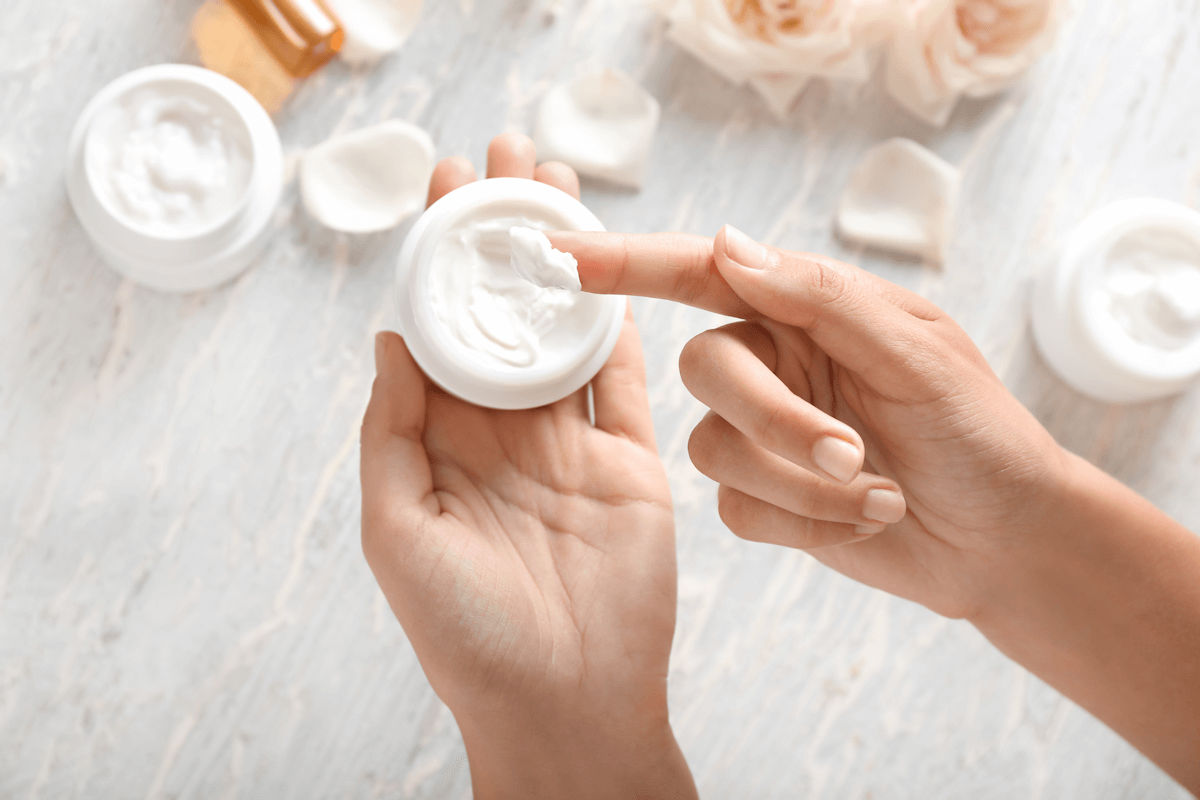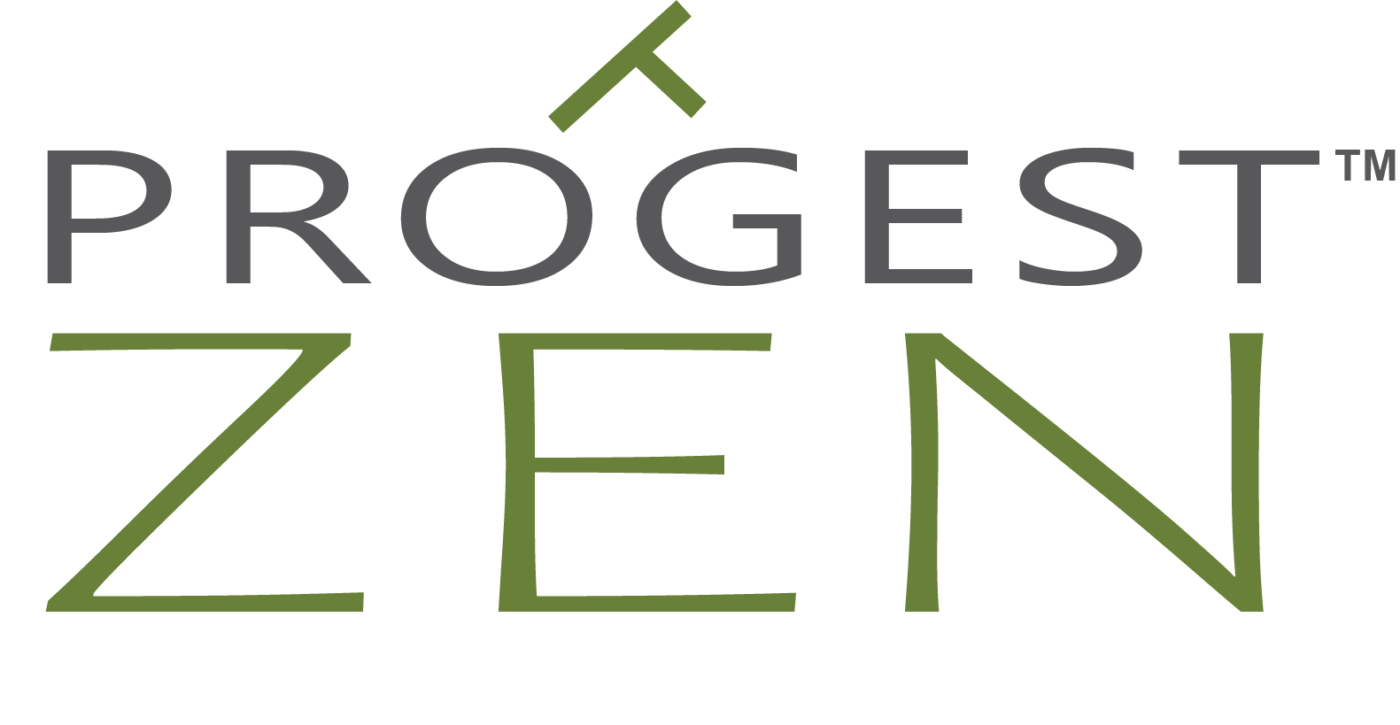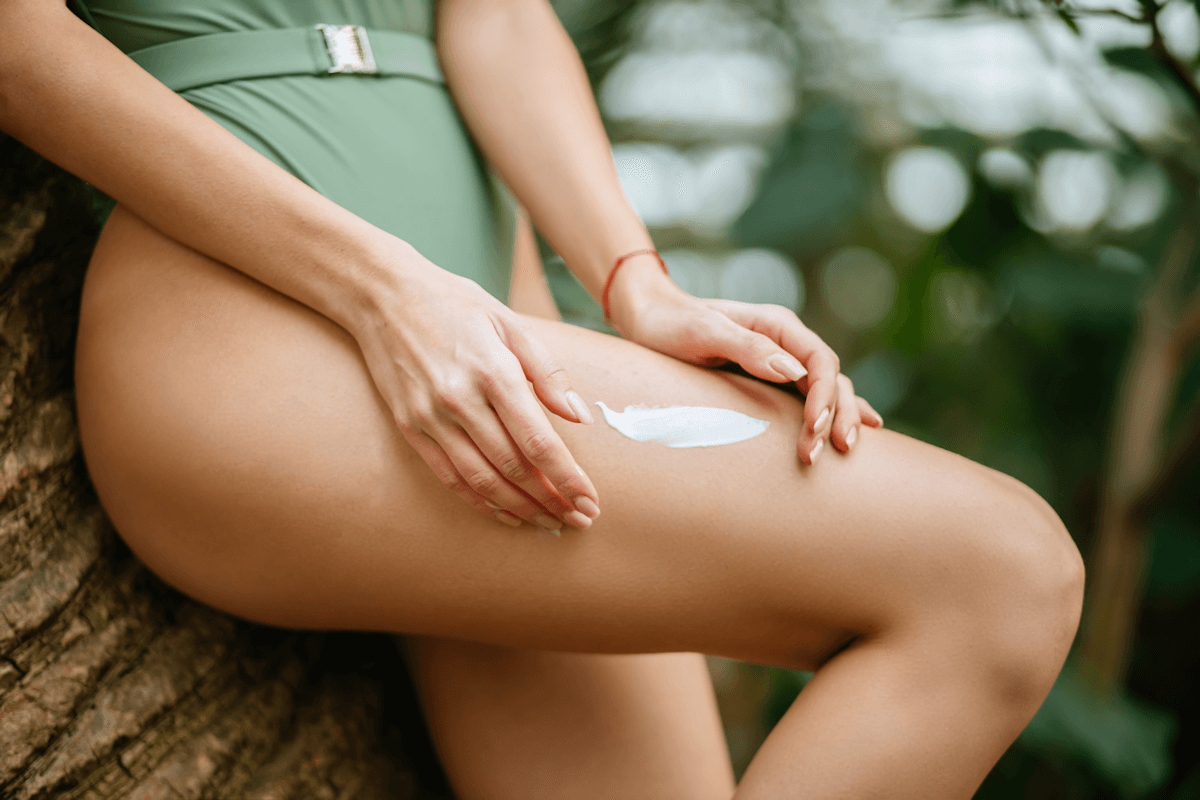Progesterone plays many roles within our intricate bodies. It supports bone strength, helps maintain normal cholesterol levels, soothes the nervous system, helps us cope with stress, builds muscle and supports healthy sleep. It also plays a critical role in regulating the menstrual cycle and early phases of pregnancy.
On the flip side, low progesterone can really throw your body out of whack, leading to fatigue, depression, anxiety, lack of libido and fertility issues—just to name a few of the complications.
By having a firm grasp on what causes low progesterone, you can be better equipped to navigate any progesterone imbalance you may have. But before we go into the causes, we need to understand what low progesterone means—and how does it differ from estrogen dominance?
Low Progesterone or Estrogen Dominance?
Actually, low progesterone and estrogen dominance go hand in hand, because estrogen dominance is only relative to the amount of progesterone and other hormones in the body.
Estrogen dominance can mean one of two things: that you have too much estrogen (but an adequate amount of progesterone), or that you do not have enough progesterone (but do have an adequate amount of estrogen). In both scenarios you will have more estrogen than progesterone—thus, Estrogen Dominance.
Estrogen dominance can lead to endometriosis, fibroids, headaches, PMS, headaches and water retention, to name but a few of the issues that can arise.
Now, what we want is Progesterone Dominance. That’s because while estrogen is essential to a healthy functioning body (including being essential for bone health, mood and providing women with hips breast and thighs), when there is more estrogen than progesterone, we can begin to feel off kilter. Progesterone is a feel-good hormone that sooths estrogens sharp edges.
What Causes Estrogen Dominance?
Well, it can be caused by excessive stress, xenoestrogens in the environment, and poor gut and/or liver health. However, for the purpose of this article, we’re concerned with another reason for estrogen dominance: low progesterone.
While estrogen dominance and low progesterone are often terms that are used together, estrogen dominance does not necessarily imply low progesterone. However, if you have low progesterone, you will by implication also have estrogen dominance.
When a person has low progesterone, it can be truly life altering to remedy the situation with supplements such as progesterone cream and natural, progesterone-enhancing lifestyle changes.
What causes low progesterone?
Low progesterone can be caused from a number of imbalances in lifestyle and/or within the body. It’s typically caused by what’s called anovulatory cycles in women.
Anovulatory Cycle
An anovulatory cycle is when you do not ovulate for that particular cycle—though you still bleed. All menstruating women experience an anovulatory cycle here and there, but if they happen regularly, there is reason for concern.
The thing to note is that when you don’t ovulate, your body doesn’t develop the corpus luteum which makes progesterone. And that can lead to low progesterone.
So, when we’re asking what is causing low progesterone in a woman, we’re really asking, why isn’t she ovulating? What’s causing her to have anovulatory cycles?
There are a variety of issues that could explain why you’re having anovulatory cycles—including those listed below:
Polycystic Ovary Syndrome (PCOS)
PCOS is the most common cause of anovulatory cycles, affecting roughly 10% of women. It causes the body to produce excess androgen (or male) hormones such as testosterone. This can lead to irregular periods, ovarian cysts, and hirsutism—as well as anovulation.
PCOS can cause acne, hair loss, excessive facial and body hair, weight gain and infertility.
Hyperprolactinemia: A Prolactin Disorder
Another fairly common condition, hyperprolactinemia is a prolactin disorder. It is characterized by too much prolactin in the blood of a non-pregnant woman or a man.
Prolactin is a hormone made by the pituitary gland. It is the hormone responsible for developing breasts in women and affects sperm production in men. It has a role in the menstrual cycle as well, though its primary role is to stimulate lactation after childbirth.
Too much prolactin can cause infertility in both men and women. It can lead to disrupted menstrual cycles, including lack of ovulation—and thus low progesterone.
A few of the causes of hyperprolactinemia include stress and hypothyroidism.
Hypothyroidism
Hypothyroidism is when the body doesn’t produce enough thyroid hormone—which leads to imbalances in other hormones in the body. This is because the thyroid hormone is responsible for regulating the entire endocrine system, the network of glands that produce hormones throughout the body.
If the endocrine system is off kilter, you may stop ovulating, and as we know, lack of ovulation leads to lowered levels of progesterone.
Stress-Induced Anovulation (SIA)
Stress-Induced Anovulation, or SIA, is exactly what it sounds like—a body dealing with chronic stress and high cortisol levels will cease to ovulate. Another term for SIA is functional hypothalamic amenorrhea. Amenorrhea is the absence of menstrual periods. So, SIA leads to both a lack of ovulations and a lack of menstruation.
What’s happening?
Well, cortisol is a stress hormone and chronic stress leads to chronically high cortisol levels in the body.
How are cortisol levels tied into progesterone levels?
Progesterone is a precursor to cortisol. That means that the body converts progesterone to cortisol when needed. When under lots of stress, the body will need to convert more and more progesterone into cortisol, leaving the body stripped of necessary progesterone.
This lack of progesterone then leads to a lack of ovulation and menstruation.
What can cause chronic stress?
Some of the things the body can interpret as stress include things we wouldn’t think of. For example: over-exercising, not getting enough sleep, food sensitivities –even too much estrogen!—can be stresses to the body and lead to SIA.
Body Weight: Too High or Too Low
Both obesity and low body fat can lead to a lack of ovulation and thus low progesterone.
Too much body fat leads to a dysregulation of all hormones, including an excess of estrogen, which is produced by and stored in fat. It’s also worth noting that obesity-induced high estrogen and low progesterone is a risk factor for breast cancer and endometrial cancer, the latter of which studies indicate supplementing with progesterone can be effective in curing.
On the flip side, not enough body fat inhibits the body’s ability to perform many basic functions, including balanced hormone production.
It’s important to maintain a healthy diet and an appropriate amount of exercise (not too much or too little) so the body can do its job to produce and regulate hormone production.
Age
As we age, our hormonal balance shifts too. Men and women can become low in progesterone with age. Women begin to produce less estrogen and progesterone in their 30’s. Then, during the menopausal transition years, a woman may have shorter menstrual cycles and anovulatory cycles, which will diminish progesterone production.
At this point she may find progesterone treatments, such as progesterone cream, to be helpful in mitigating uncomfortable symptoms of menopause.
How to Supplement with Progesterone Cream
Once you know the underlying cause of your low progesterone, you can begin to adjust any deficiency and maintain healthy progesterone levels. Natural progesterone cream such as Progest Zen can help.

Why progesterone cream?
Progesterone cream is a convenient way to get your dose of progesterone, since progesterone absorbs nicely into the body through your skin and into the subcutaneous fat layer. Progesterone is very fat soluble, so from the fat layer, it will enter the blood stream quickly.
What kind of progesterone cream should I get?
When deciding what type of progesterone cream to get, go for bioidentical or natural progesterone.
Bioidentical hormone therapy is structurally identical to human hormones, making it very safe for your body. As a bonus, they’re derived from plant sterols, such as Wild Yam, which is what Progest Zen uses, making them all natural.
How do I apply progesterone cream?
Simply rub the cream anywhere on your body. Some like to rub it on the soft skin bits—such as abdomen, behind your knee, inner thighs or inner elbow, but it will absorb anywhere. It can also be rubbed into breasts to reduce breast pain.
How often do I apply progesterone cream?
The frequency of application will depend on the reasons behind your progesterone deficiency. For most menstruating women, you will apply the cream for the 14 days leading up to your period (the luteal phase). For menopausal women, you may apply it for 25 days on, 3 days off. Men may apply it every day.
Lifestyle Changes to Support Progesterone Supplementation
Taking natural progesterone is a fantastic option for progesterone deficiency, as it will compensate for the missing progesterone. However, it will not increase production of progesterone within your body. You’ll want to follow life changes to do that. For example, lower any stress and eat a balanced diet
Progesterone supplementation along with lifestyle changes can be a great help if you’re suffering from low progesterone. It’s relatively simple, but really important to recovering hormone balance.




